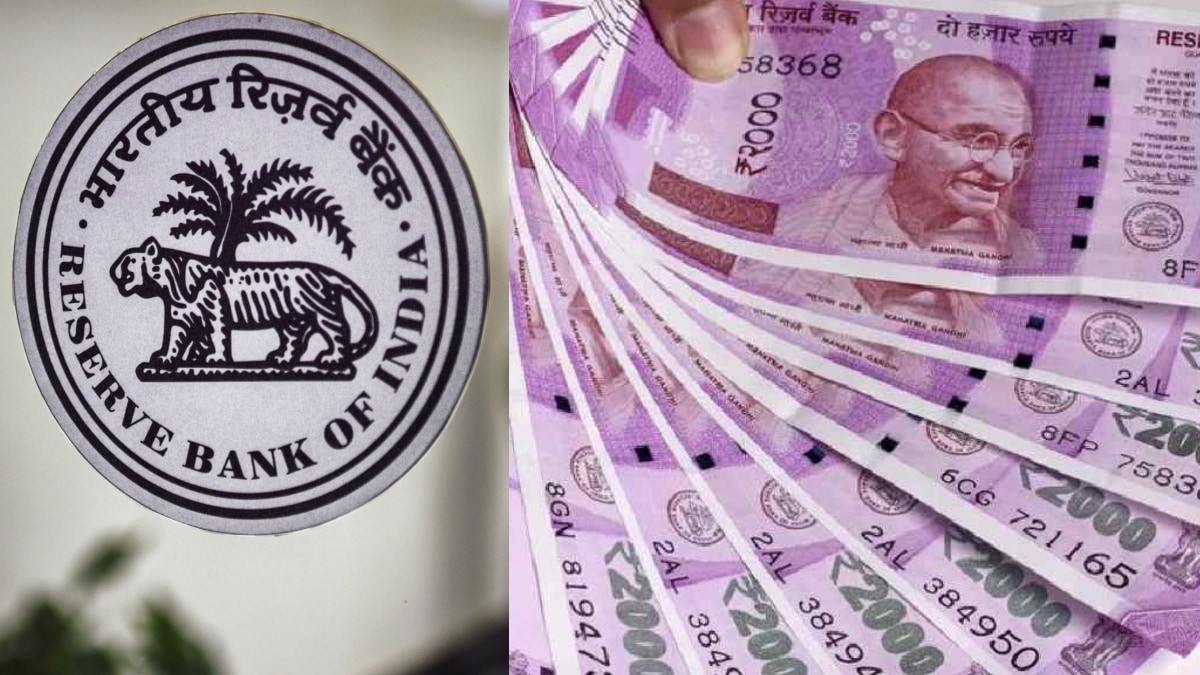For people with diabetes, keeping blood sugar levels under control is very important. Most people try to eat healthy meals, avoid sugar, and follow a balanced diet. But sometimes, even healthy food can cause sugar spikes, if eaten in the wrong order. Actor Samantha Ruth Prabhu recently opened up about her experience with managing blood sugar levels and the surprising trick that worked for her. In a recent media interaction, she shared how changing the order in which she ate her food helped reduce her blood sugar spikes, even though her meals were healthy.
Samantha explained that she had been tracking her glucose levels with a continuous glucose monitor. She noticed that even after eating clean, healthy and balanced meals, her blood sugar would sometimes spike suddenly.
“I was wearing a glucose monitor just to check my spikes, and I realised that even though my meal was extremely healthy, there were some unusual spikes,” she said. “So I started eating my vegetables first, protein second, and carbs last, and it really helped reduce the spikes,” she further added.
This method is known as food sequencing, and it’s now gaining popularity among people with diabetes and those trying to manage blood sugar levels.
What is food sequencing?
Food sequencing is a simple eating technique where you eat different types of food in a certain order. Experts suggest starting your meal with fibre-rich vegetables, then eating protein or healthy fats, and finishing with carbohydrates like rice or bread.
According to researchers from UCLA Health, eating fibrous and protein-rich foods first slows down digestion and helps the body absorb sugar more gradually. This leads to fewer sugar spikes after meals.
Why does the order of food matter?
After we eat, our blood sugar naturally rises. But if it rises too quickly, especially after eating refined carbohydrates like white rice or sweets, it can lead to health issues like type 2 diabetes over time.
On the other hand, eating vegetables and proteins first slows digestion, so sugar enters the blood more slowly. This keeps blood sugar levels more stable.
A 2022 study found that people with type 2 diabetes who followed this method had better long-term blood sugar control than those who didn’t. Their HbA1C levels (a measure of average blood sugar) were lower over five years.
Other benefits of food sequencing
- Helps you feel full
- Eating protein before carbs boosts the hormone GLP-1, which helps you feel full longer and prevents overeating.
- Manages weight
- Feeling full helps reduce snacking and supports weight control, important for people with diabetes.
- Lowers inflammation
- High sugar levels can cause inflammation in the body. Food sequencing helps reduce this by limiting sharp sugar spikes.
- Better digestion and energy
- Slower digestion can lead to more stable energy levels and prevent feeling tired after meals.
Simple tips to try food sequencing
- Start meals with vegetables like spinach, carrots, or okra.
- Follow with protein such as eggs, dal, chicken, tofu, or paneer.
- Finish with carbs—preferably whole grains like brown rice or millet.
- Avoid sugary drinks with meals.
- Choose lean proteins or plant-based options over red meat to reduce inflammation.
For people living with diabetes or anyone looking to manage blood sugar better, food sequencing is a simple, effective strategy. However, always check with a doctor or dietitian before making any major diet changes.







